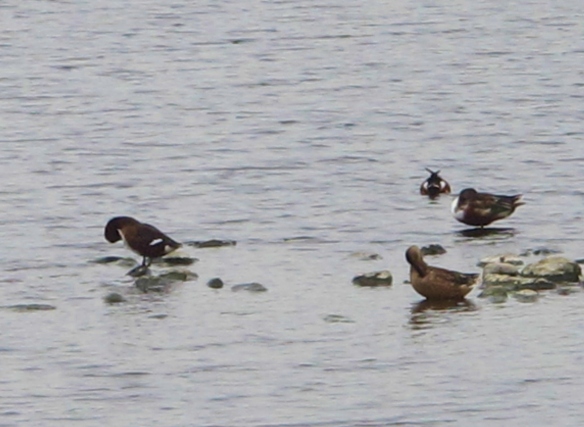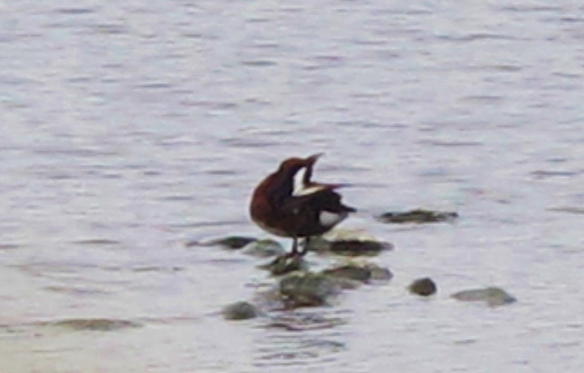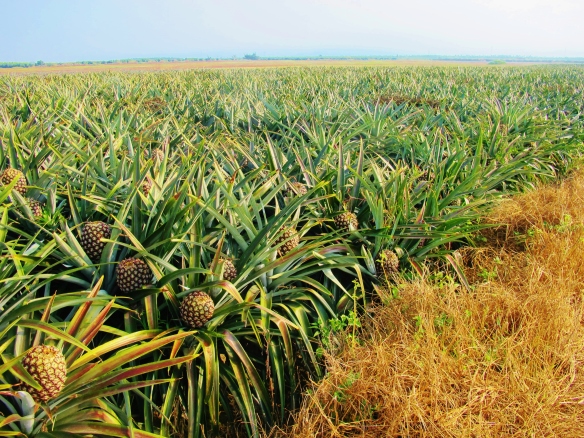My final two days in Taiwan were spent in the company of friends in Taipei – but fortunately I was still able to get out a couple of times to see some birds.
The Taipei Botanical Gardens lived up to their reputation as an oasis for birds, with bird life abundant here and many of the birds very tame and obviously well used to people. Not long after entering the park I found my main target – Malayan Night Heron – walking about under some trees. This is a very tricky world bird and, although not too hard to find in Taiwan, is definitely not a bird I would expect to see anywhere else this year.
Nearby, a Taiwan Scimitar-Babbler gave the best views I have ever had of this usually skulking species, while a large bush-warbler with a reddish forecrown and chunky bill was what I used to call Korean Bush-Warbler, but is now apparently to be referred to as Manchurian Bush-Warbler, although the taxonomy of the bush-warblers occurring in Taiwan is still the subject of much debate.
Photographers clustered on a bridge, where four Taiwan Blue Magpies, many Grey Treepies and an Oriental Magpie-Robin provided some excellent photo opportunities as they squabbled for the food placed out for them. Birding at its easiest, and an excellent chance to show my non-birding girlfriend some of Taiwan’s most attractive birds at very close range.
I was surprised to see Oriental Turtle-Dove in this urban lowland setting (in south Taiwan they are mountain birds only), while several Pale Thrushes, Taiwan Barbets and another Malayan Night Heron rounded off a wonderful visit.
The next morning, I was up early at a riverside park close to my friend’s house, where I was delighted to chance upon a small flock of Dusky Thrushes on the short turf – a most welcome Taiwan tick. Also here, a pair of Black-collared Starlings (these are rare in south Taiwan) and four Richard’s Pipits.
Taiwan tick: Dusky Thrush (total 283).





